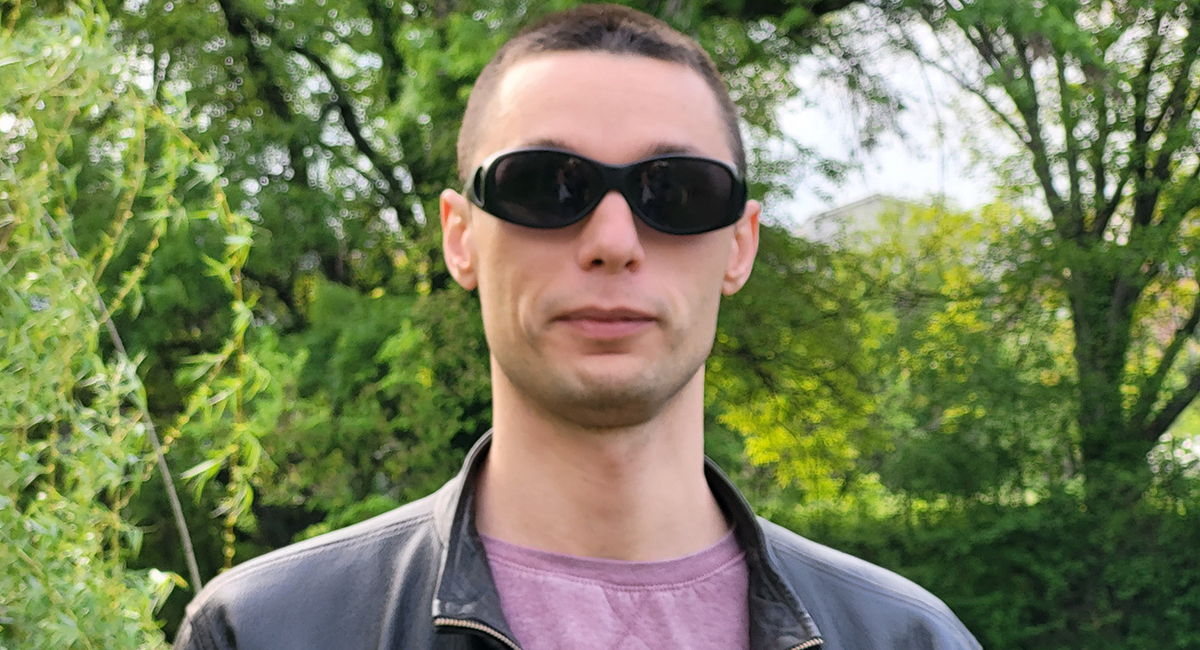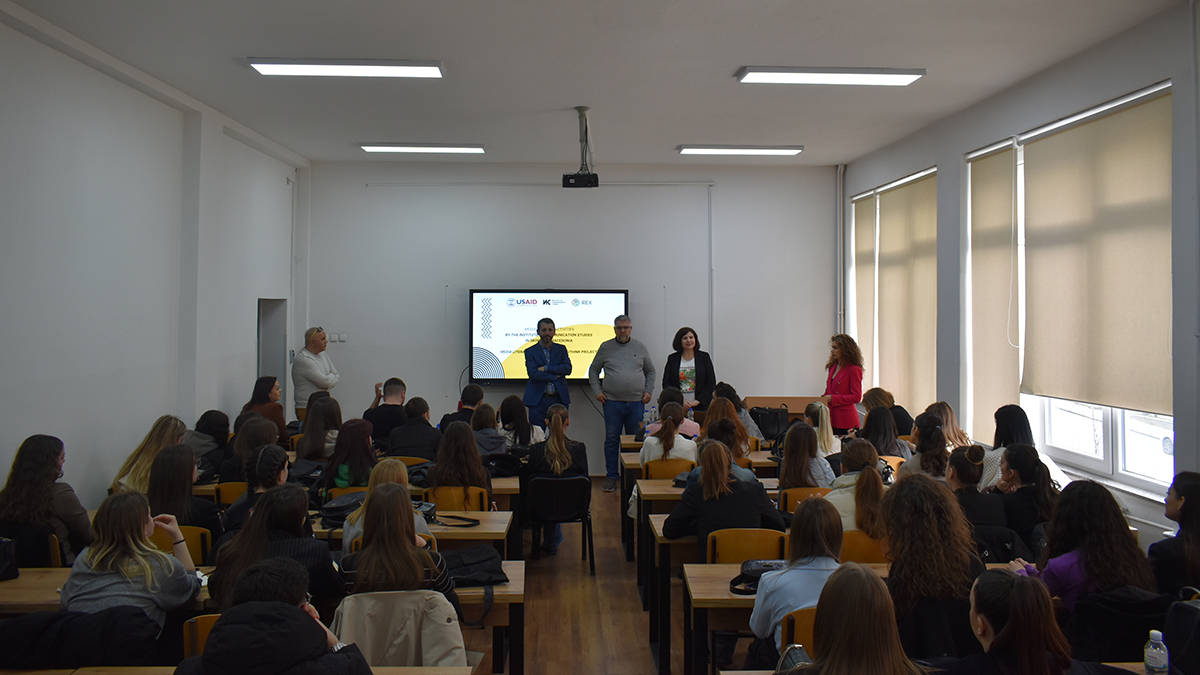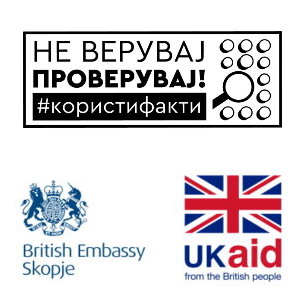Perspective towards the Margins: Encouraging Media Literacy among People with Disabilities

Blog by Kristijan Lazarev, accessibility specialist at Open Windows, the assistive technology organization
In an era dominated by screens and streaming, the media literacy is a very important skill that helps us from our own informed view of the world around us which comes indirectly through the media channels. Nonetheless, in this global deluge of information, we must not overlook the specific challenges faced by an often marginalized group, people with disabilities, who also need the ark of media literacy in order to save themselves from the daily suffocation of misinformation (false information), disinformation and malinformation (malicious information) which is pouring around us every day.
Media literacy, in its own words, is a person’s ability to receive the information critically and analytically that reaches them. Such reception of information says that passive consumption of various media contents is insufficient and risky. On the other hand, when receiving information, people should ask themselves regarding the intention of the sender of the information, interpret the information taking into account their wider knowledge and, as far as possible, check the veracity of the information from other sources. All this is a challenge for all people, but it is even more challenging for people with disabilities, who face limitations caused by disability and stereotypes about them, which requires the attention of all people and a joint effort to overcome those limitations. This can be carried out by rejecting the following 3 false beliefs, such as:
● False Belief Number 1: The form of any published information is automatically accessible to everyone. As soon as some information is published, most of the time no one questions whether it is also accessible to persons with disabilities, when published in such a format and in such a medium. However, this is not the case, neither regarding the classic newspapers, nor the modern digital media. Specifically, the technologies are an excellent means of inclusion, but if they are inaccessible, they become a means of occlusion, a barrier for the people with disabilities to receive information, and in our country, unfortunately, it is almost a rule that information is published in an inaccessible format for some people with disabilities, it is posted on portals or platforms that do not meet even the basic accessibility standards that are necessary for the information to reach these persons completely.
● False Belief Number 2: The content of the published information is automatically understandable to everyone. Depending on the type of impairment, the persons with disabilities, in addition to being limited in handling and/or perceiving the physical or the digital form of media content, may also be limited in understanding the media content. The complexity of the language used to convey information, as well as the complexity of the structure, cause some information, despite being available, to be inaccessible to some people.
● False Belief Number 3: The media literacy is not that important for people with disabilities. The public and even the people with disabilities themselves sometimes believe that it is necessary first to provide some basic means and living conditions, hence skills such as those acquired through the media literacy are neglected and seen as skills useful only for a small number of people not including the people with disabilities. The value that the media literacy can bring to their lives is simply not yet understood. In comparison, the focus is usually placed on requirements for providing financial means of livelihood and providing opportunities for recreation.
Overcoming these false beliefs requires more efforts, such as: harmonizing the legislation of our country with the European legislation, in which accessibility in form and content is a significant factor that is implemented in all laws and by-laws that refer to creation, processing and broadcasting information.
Furthermore, it is necessary for every creator of media content to be aware of the existence of these false beliefs and to react responsibly and take measures, within the limits of their knowledge and capabilities, via which they will be overcome. In addition, it is necessary that the forms of formal, non-formal and informal teaching relating to the media literacy be accessible to people, especially young people with disabilities, so that they will have the same opportunity as other people in society to learn about media literacy. And last but not least is the awakening of awareness among people with disabilities about the importance of developing modern skills and knowledge among them, which includes the media literacy, in order for them to be on the same level as the rest of the citizens in the society.
Why is this important? The inclusive media literacy is not just a matter of equity; it is a prerequisite for a truly democratic and informed society. Put differently, when we enable people with disabilities to engage critically and analytically in receiving the media content, we reject stereotypical beliefs concerning them and create a space where different opinions are heard and respected.
Nevertheless, it is good that in our country, slowly but surely, there are already positive steps in the direction of overcoming these false beliefs. Thus, USAID’s Media Literacy Project ‘Youth Think’, implemented by IREX together with the Macedonian Institute for Media (MIM), the Institute of Communication Studies (ICS) and the Youth Educational Forum (YEF) pay serious attention to making their activities, materials and long-term impact accessible for young people with disabilities, including sign language, accessible training materials, as well as young people with disabilities. This project shows that, jointly, we can remove barriers and make positive changes in a specific area, in this instance, the media literacy.
Regardless, the strengthening the skills in the area of the media literacy for people with disabilities should not stop only at this project. Let me call on all people with disabilities who are consumers of media content to use our power and make media literacy our strong point.
Concurrently, to support the initiatives, like the mentioned project, which promote accessibility, break stereotypes and respect the diversity among people. Thus providing a ticket to the ark, which saves us, people with disabilities from drowning in the sea of different information, becomes possible and achievable.
Let’s not let anyone drown in the modern sea of information!


 Оваа веб-страница е изработена во рамките на проектот „Употреба на новинарство засновано на факти за подигање на свеста и спротивставување на дезинформациите во медиумскиот простор во Северна Македонија (Користи факти)“, кој се реализира од Институтот за комуникациски студии. Проектот е финансиран од Владата на Обединетото Кралство, со поддршка на Британската амбасада во Скопје. Мислењата и ставовите наведени на оваа веб-страница не ги одразуваат секогаш мислењата и ставовите на Британската Влада.
Оваа веб-страница е изработена во рамките на проектот „Употреба на новинарство засновано на факти за подигање на свеста и спротивставување на дезинформациите во медиумскиот простор во Северна Македонија (Користи факти)“, кој се реализира од Институтот за комуникациски студии. Проектот е финансиран од Владата на Обединетото Кралство, со поддршка на Британската амбасада во Скопје. Мислењата и ставовите наведени на оваа веб-страница не ги одразуваат секогаш мислењата и ставовите на Британската Влада.